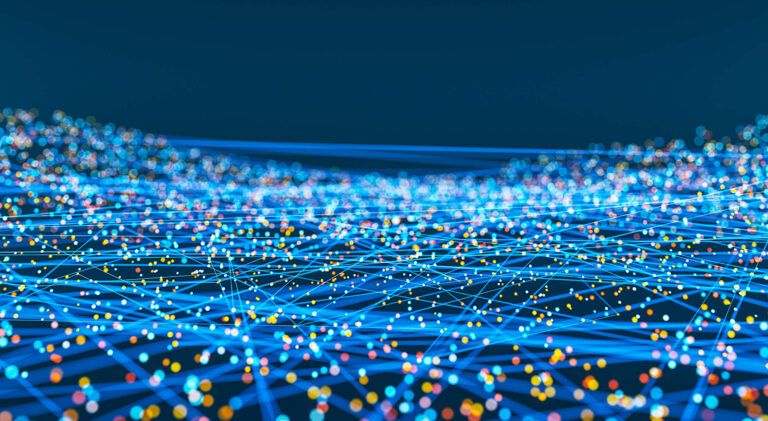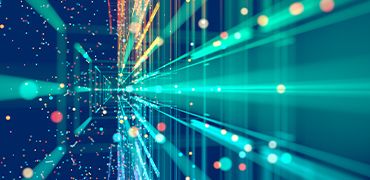Here’s Why Use Python for Data Science

Numbers don’t lie and if they are to be believed then Python is the most preferred programming language for data scientists across the world. However, what makes the use of Python so apt for data science? Why is the use of Python so predominant across the globe? For any data scientist – aspiring or existent – using Python for data science and data analytics is one of the best bets. This general-purpose programming language can help in the development of both web and desktop applications. It also aids in the development of complex numeric and scientific applications.
Python is extremely popular in the programming world for two reasons: it can handle a humongous range of tasks and second, the language is extremely beginner friendly. Just to give you an example of its beginner friendliness, English words are used in the syntax of Python code which means anyone can understand it and get started. Let us now move on to understanding the use of Python as a programming language.
Data Analysis Overview
Before we get to the uses of Python, let us understand what a data analyst does. Answering this question will also help in understanding the use of Python for data science. Data analysts interpret data and analyze the results to provide reports. Their work helps in optimizing statistical efficiency and quality.
Data analysts who use Python for data analytics or data science also get data from different sources and maintain a database. When they are given complex data sets, data analysts identify, analyze, and interpret trends or patterns. This helps them in filtering and cleaning data.
The results that they gain after successfully using Python for data analytics are then used by the management for bettering business outcomes. With all these responsibilities, there is a need for a programming language that can handle massive amounts of information, clean it, and finally process it. This is where Python for data science is the perfect fit since it does away with all the repetitive tasks, making analysis simpler and faster.
Data Analysis vs. Data Science: The Face-off
Let us now take a look at what data analysis and data science are.
While a data scientist gleans meaningful insights from data, a data analyst uses data to handle day-to-day questions posed while running a business. Data analysts are more about the here and now, whereas data scientists predict how something will fare in the future based on available data. Therefore, data scientists should also possess solid business acumen and data analysts must have knowledge of spreadsheet tools. To know more about what they do, one can also enroll for data science or data analytics courses.
There are also situations where the line of distinction between both these professions gets a little blurred. Due to the overlapping nature of data science and data analytics, Python is a useful language in both cases. Both professions, therefore, require a person to learn Python.
Why is Python Essential for Data Analysis?
There are numerous reasons why Python is extremely essential for data analysis, a few of them are:
Flexibility: Python is ideal for developers who want to script applications and websites. This is because it is a simple language and does not require as much effort in terms of coding as other programming languages.
Easy: Python’s primary focus is on keeping things simple and readable. This is why it is the most ideal tool for programmers in the beginning stages of learning. Moreover, the learning curve of Python is gradual and relatively low. There are fewer lines of code in Python as compared to the old languages, giving programmers the opportunity to play around more.
Open Source: This essentially means that Python is free and designed to run on Windows and Linux environments. It can also be ported to other platforms.
Well-supported: Python is used a lot in academic and industrial backgrounds. This means that there are many analytics libraries available. The users who use Python can also turn to Stack Overflow, mailing lists, and user-contributed code and documentation. The popularity of this language is only increasing by the day.
Learn Python for Data Science
Data science and analytics have applications across different industries today. Some of these include healthcare, banking, financial and insurance services, e-commerce, retail, entertainment, education, and more. This is the reason why there are ample opportunities in data science and data analytics, which are expected to grow further in the near future. So, choose from the wide array of data science and data analytics courses to upskill yourself and gain a competitive edge.














